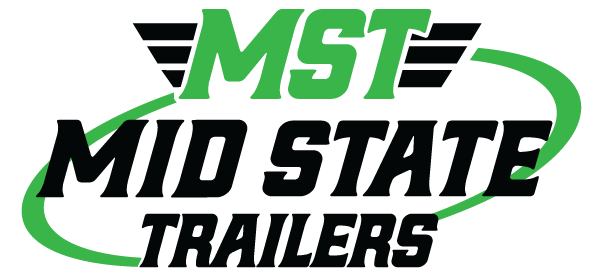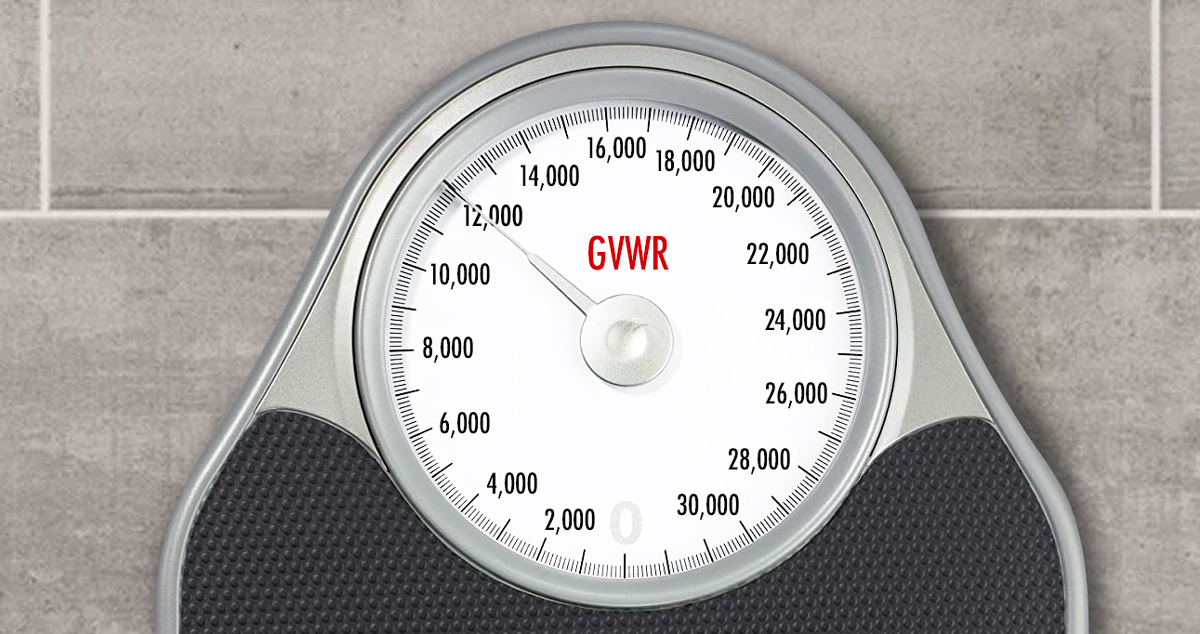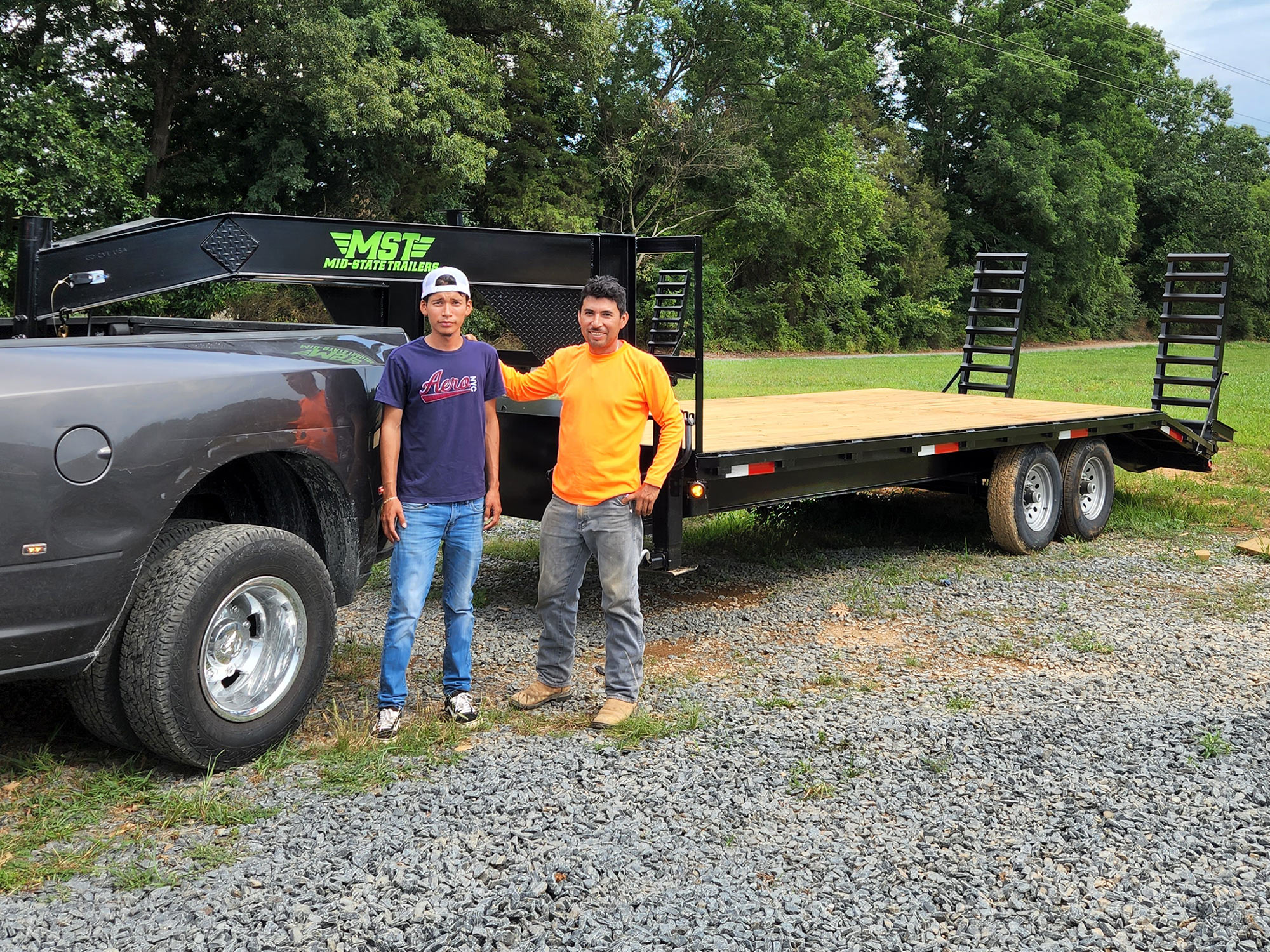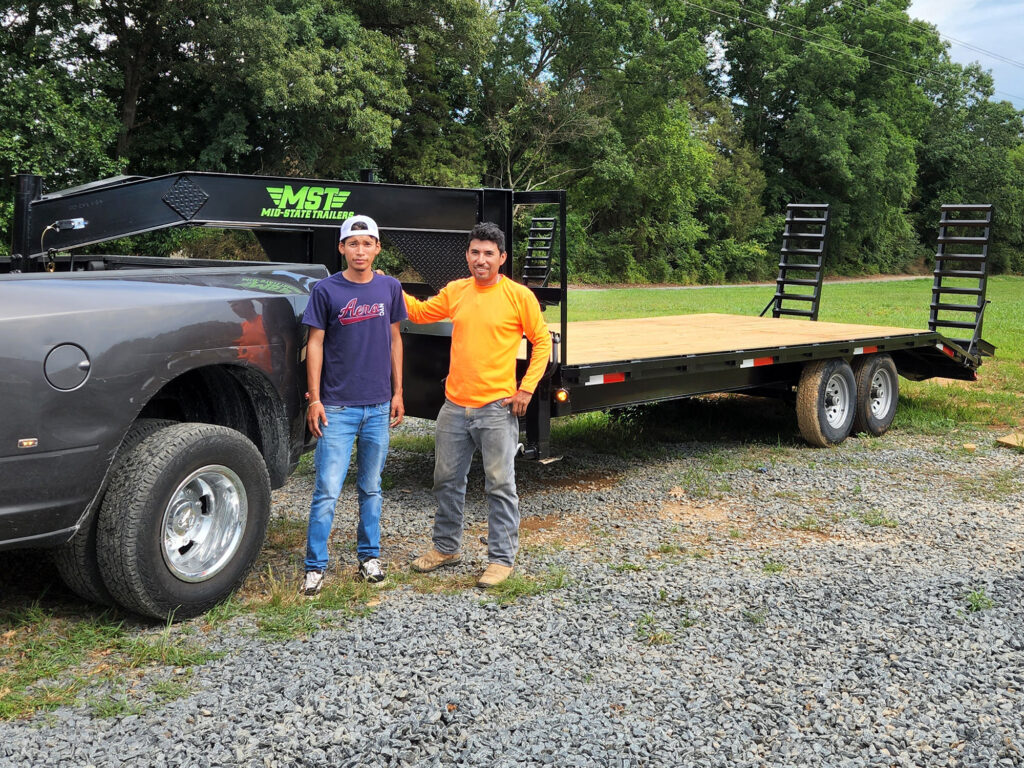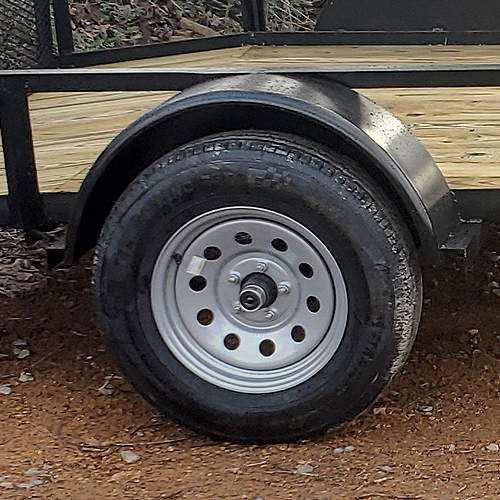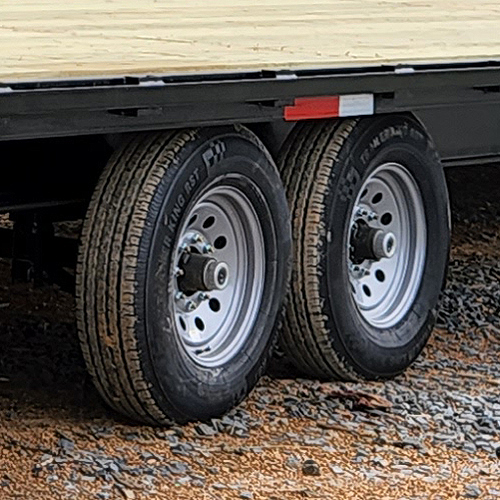Which Trailer is Ideal for What I’m Towing?
Robin Ottenfeld
on
October 25, 2023
Robin Ottenfeld
So, you need a trailer.
Perhaps it’s finally time to expand the family business. You held strong during the challenges of the pandemic and now you’re ready to spread your reach. Gone are the days when your livelihood could fit in the back of a pickup, whether that be anything from landscaping to hot shot trucking. Whatever your use case, one thing has become clear: It’s time for an upgrade.
No one knows what your business needs are better than you, and it’s our job at Mid State Trailers to meet those needs with the perfect trailer. If you’re anything like us, then you know how essential logistical efficiency is to your profit margin. With this buying guide, we hope to streamline your trailer acquisition process with top-of-the-line solutions that will get your equipment and materials where they need to go with minimal hassle.When considering what you need out of your trailer, there are four main types to take into account:
- Gooseneck Trailers
- Flatbed “Deckover” Trailers
- Equipment Hauling Trailers
- Utility Trailers
In this guide, you’ll get to know the basic ins and outs of each type, as well as their optimal use cases so that you can be equipped with the tools that suit you best.
Gooseneck Trailers: Capacity and Stability

Flatbed “Deckover” Trailers: Versatility and Accessibility
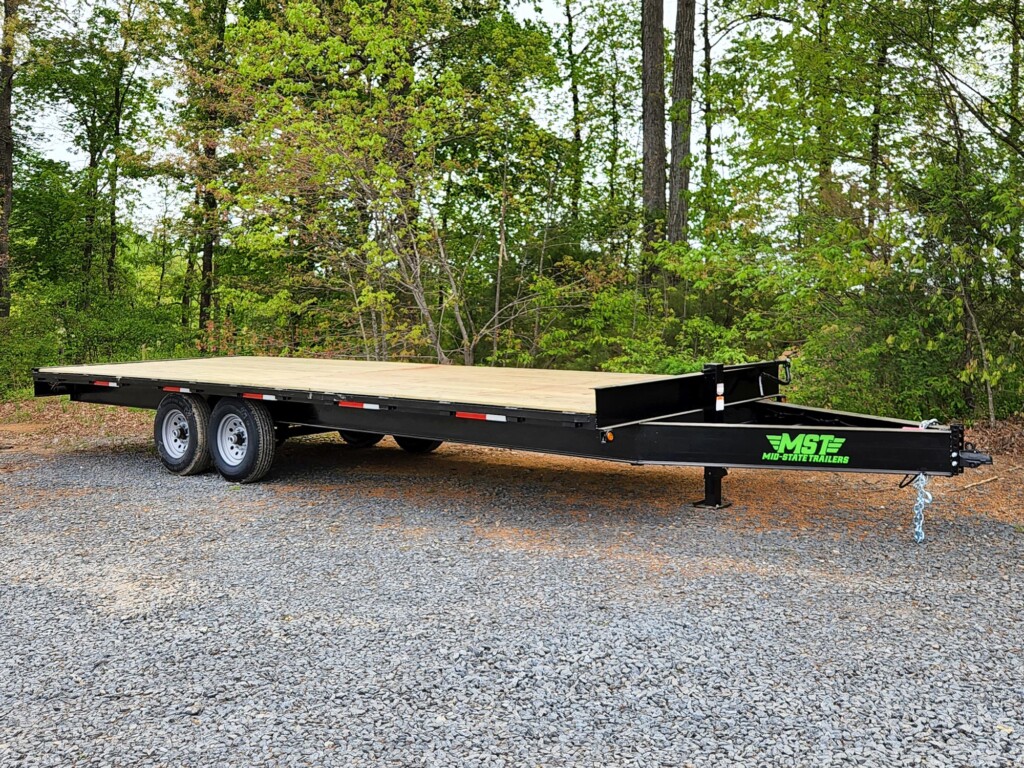
Flatbed “deckover” trailers excel in versatility and loading accessibility. If your business involves transporting irregularly shaped or oversized equipment or raw material, these trailers are your ideal choice. Their flat deck design extends over the wheels, allowing for side and rear loading/unloading. The low deck height makes loading and unloading a breeze, ensuring efficient operations at job sites. Our flatbeds are designed with efficiency in mind, and cutting down on unloading time is just another way our flatbeds can help save you money.
Deckover trailers differ from Gooseneck trailers in a couple of important ways. First, deckovers feature bumper pull rather than gooseneck hitches, though you’ll occasionally see pintle hitches on deckovers when being pulled by dump trucks or other heavy-duty construction equipment. Second, the length of a deckover trailer is typically shorter than that of a gooseneck trailer. At Mid State Trailers our sweet spot for deckover trailer lengths is between 18 feet and 30 feet, though we can build them as short as 16 feet and as long as 35 feet.
Industries such as construction, industrial machinery transport, and modular building transportation find flatbed “deckover” trailers indispensable. These trailers are perfect for moving heavy machinery and large components, as well as transporting modular structures and equipment.
Equipment Trailers: Functionality and Practicality
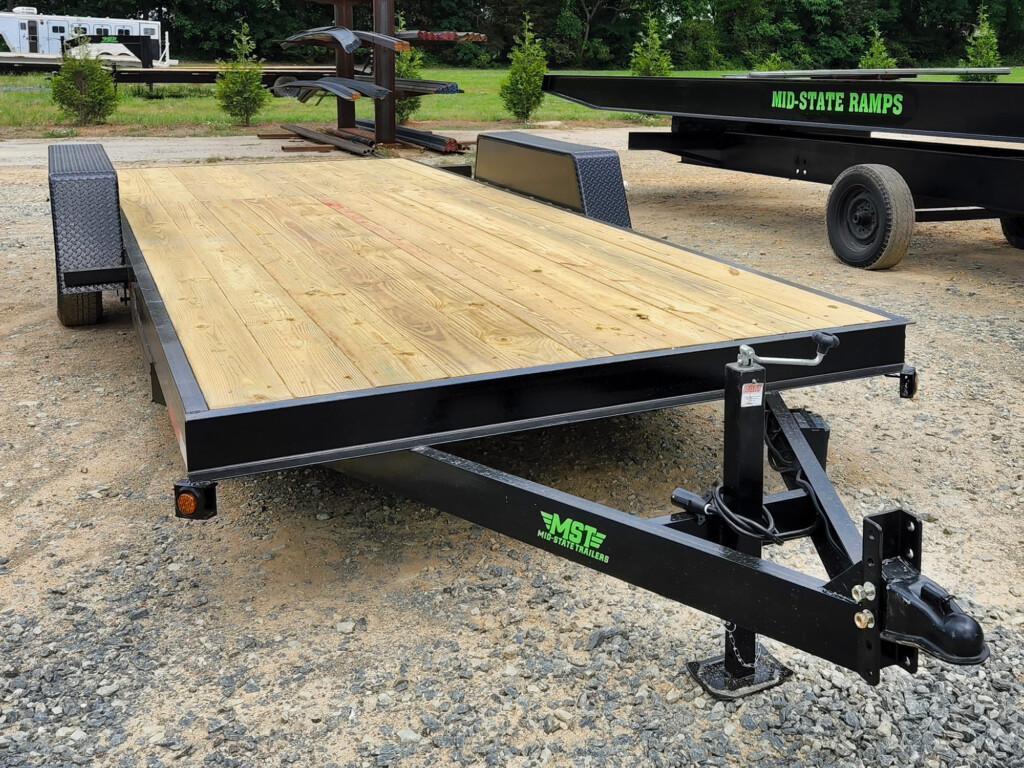
Whether you’re transporting a skid steer, or a tractor from one field to another, equipment trailers, also known as equipment haulers, or hauling trailers, offer superior functionality and practicality. While their primary use is to transport machinery, equipment trailers will handle the majority of what your business can throw at them. Their open design and straightforward construction make them suitable for various industries, including landscaping, farming, automotive transport, and more. When your travel goals are more cross-county than cross-country, equipment trailers are the most economical option. While gooseneck and flatbed “deckover” trailers can handle some of a business’s most ambitious loads, that may be overkill if what you really need is a landscaping trailer.
Like deckover trailers, equipment trailers most often feature a ball hitch for attachment to your truck’s bumper, but again, you will see them with pintle hitches on occasion. In a single axle, 7k GVWR configuration, equipment trailers range from 14 feet to 20 feet. With dual axles and a 14k GVWR capacity, equipment trailers can be as long as 24 feet.
If you’re in the landscaping or farming sector, equipment trailers can transport lawnmowers, tractors, tools, and materials with ease. Automotive businesses can utilize these trailers for towing vehicles while moving and event services benefit from their versatility in carrying equipment, furniture, and supplies. Equipment trailers can even carry floats or event displays for county parades or state fairs. Equipment trailers cater to a diverse array of cargo, making them an excellent all-around choice.
Utility Trailers: Affordability and Convenience
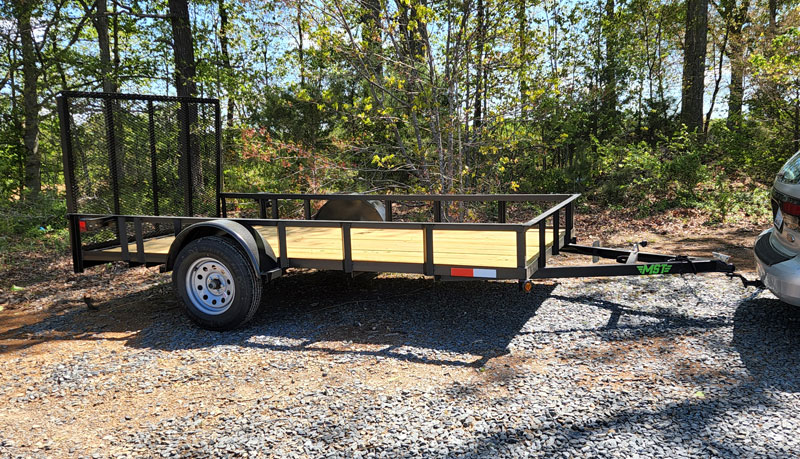
Choosing the Perfect Trailer
Ultimately, the ideal trailer for your business depends on your specific requirements and the nature of your cargo and equipment. As such, you should consider the following factors in relation to the nature of your business:
- Cargo Type: Identify the primary type of cargo you’ll be transporting, whether it’s heavy machinery, oversized equipment, landscaping tools, or other materials.
- Weight and Size: Determine the weight and size of your cargo to ensure it aligns with the trailer’s load capacity and dimensions. Be sure to mind local, state, and federal regulations, as an oversized load can do far more damage to your business than a hefty fine, it can also put lives at risk.
- Frequency of Use: Consider how often you’ll be using the trailer and whether it will be for occasional or regular transport.
- Terrain and Distance: Evaluate the terrains you’ll be navigating and the distances you’ll be covering to assess the trailer’s durability and stability. In rougher terrain, a gooseneck trailer is certainly the correct pick.
- Loading and Unloading: Determine if your cargo requires easy accessibility for loading and unloading, which could influence your choice between flatbed “deckover” and equipment trailers.
- Special Features: Depending on your industry, you might need features like ramps, tie-down points, or storage compartments.
